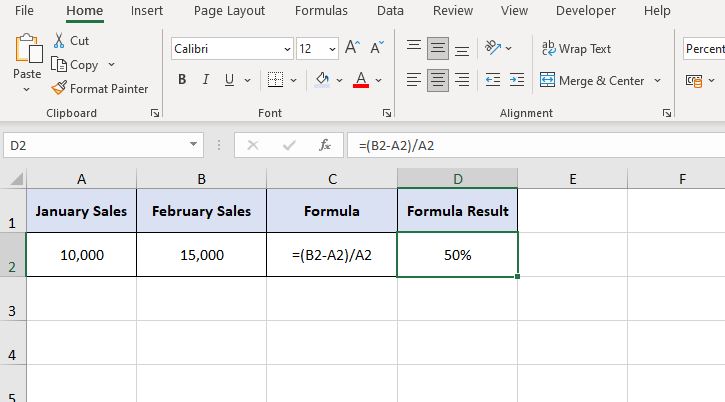3 Ways to Calculate Service Years in Excel

Calculating service years in Excel can be crucial for HR departments, project managers, or any organization needing to track employee tenure accurately. It helps in determining benefits, promotions, and other employment milestones. In this post, we'll explore three different methods to compute service years in Microsoft Excel, each with its own unique approach to enhance productivity and accuracy.
Method 1: Using the DATEDIF Function
The DATEDIF function in Excel is specifically designed to calculate the difference between two dates. Here's how you can use it to find service years:
- Open Excel and input the start and end dates of the employment period into two separate cells, for example, A1 for start date and B1 for end date.
- In another cell (let's say C1), use the following formula:
=DATEDIF(A1, B1, "y")
- This formula will return the number of complete years between the two dates.
🚨 Note: The DATEDIF function is not listed in Excel's function wizard, but it has been part of Excel for compatibility reasons and still functions perfectly.
Method 2: Combining DAYS and YEAR Functions
If you prefer to calculate years in a more transparent way or need to display fractional years, combining DAYS with YEAR functions can be effective:
- In cell C1, type:
=DAYS(B1,A1)/365
- This will give you the total number of days between the dates divided by the average number of days in a year, which is approximately 365.
- To get the full years, you can use the following formula:
=INT(DAYS(B1,A1)/365)
Method 3: Using the YEARFRAC Function
YEARFRAC is Excel’s built-in function that calculates the fraction of a year between two dates:
- Enter this formula into cell C1:
=YEARFRAC(A1,B1)
- The result is the fraction of the year between start and end dates, which can be formatted or rounded to provide the number of complete years.
Considerations for Accuracy
When calculating service years, consider the following:
- Leap Years: Functions like DAYS will automatically account for leap years.
- Employee Leave: If there's any extended leave without pay, these periods might need to be manually subtracted from the service calculation.
- Precision: The DATEDIF method only calculates full years, while YEARFRAC and DAYS can offer a more nuanced view.
In closing, mastering these methods for calculating service years in Excel not only streamlines HR processes but also ensures that your organization accurately recognizes employee longevity. Whether you opt for the simplicity of DATEDIF, the flexibility of DAYS and YEAR, or the precision of YEARFRAC, Excel offers tools to suit different needs, making service tracking not only accurate but also effortless.
What if the dates span a leap year?
+Excel’s functions automatically account for leap years. DAYS and YEARFRAC will give you an accurate result regardless.
How do I exclude certain periods like maternity leave?
+Exclude these periods by subtracting the number of days taken off from the total days calculated by DAYS or YEARFRAC.
Can these calculations handle multiple employees?
+Yes, these formulas can be applied across rows or columns for multiple employees with simple drag and fill.
Related Terms:
- calculate seniority in excel
- service computation date calculator excel
- computation of length service
- work experience calculator in excel
- calculate length of service
- calculate anniversary years in excel



